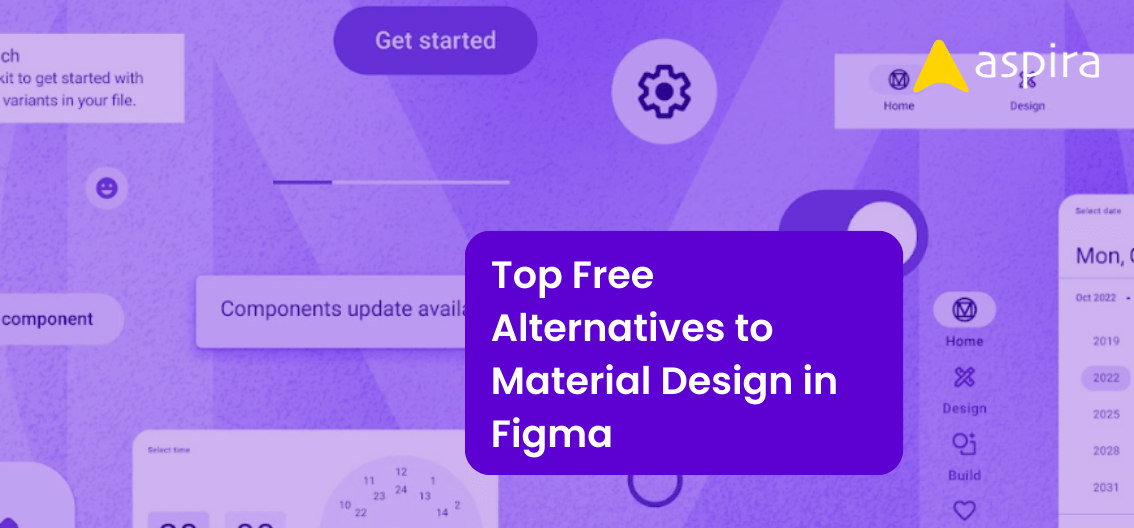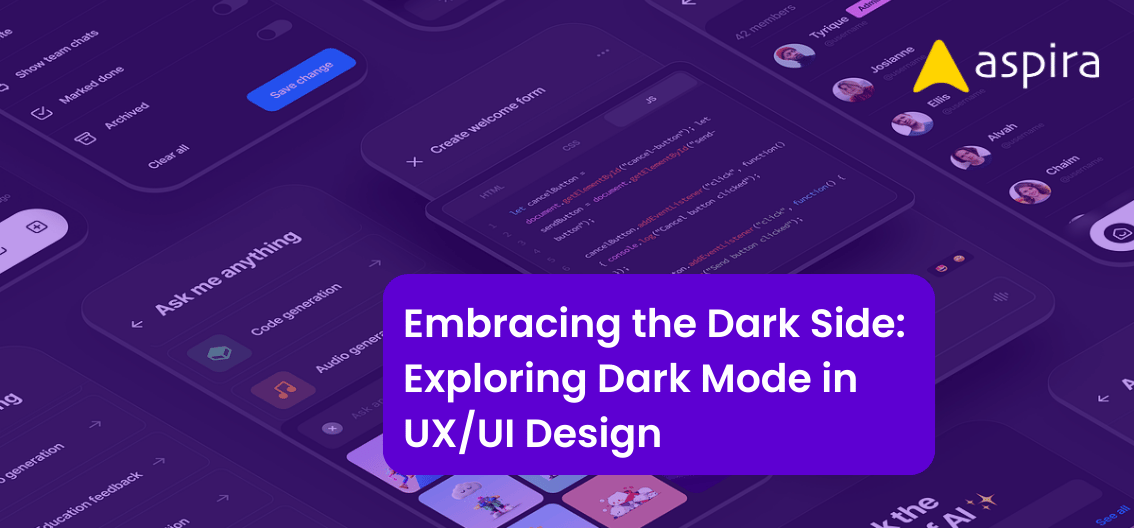UX Design - Mentor & Author.
3 Dec, 2022

In this post, let’s look at a core thumb rule of an MVP (minimum viable product). The concept of MVP is predominantly applied to digital products.
The Thumb Rule of an MVP
The thumb rule of MVP is to a build a product
- using the least amount of resources
- that has a minimal feature set
- whose feature set should meet the needs of your customers or solve their problems
There’s a product that was built as an MVP and got enormous success: Swiggy, a food delivery app.
Let’s analyse Swiggy.
The MVP Story of Swiggy
Swiggy was launched in 2014 using the MVP framework. They built an app using very little resources to fulfill the need of their customers.
The app only offered a way to place food orders from a restaurant. It did not have:
- Coupons
- Extensive payment options
- No delivery tracking options
- No AI-based chatbots
Most of their operations were done the manual way.
Even until the end of 2016, Swiggy didn’t offer the feature to track the deliveries. If our delivery was delayed or we want to know the status of the same, we had to ring up their call center.
Swiggy did not want to include these features in their app as they would have required more resources, time, and money to develop and maintain them.
By not including these features, they could focus on their core task: delivering food from restaurants to customers.
Swiggy religiously followed the thumb rule of MVP: Offer a single solution (feature) to an important customer problem.
Going Back Further

When Swiggy started, they started delivering food to just a single pincode in Bangalore. Once this was a success, they didn’t go to build out all the other features. Instead, they expanded their operations to the entire city of Bangalore. They built the network of delivery boys,
They learned the nitty-gritty of how this business works. Still, they didn’t add any new features to the product. All they did was add new restaurants.
In the next three to four years, they expand to all the major cities in India. Only after this, they started rolling out new features one by one. They build new features and improve existing ones sheerly based on customer feedback. They constantly release new features every two weeks.
Today, Swiggy is a billion-dollar company, and it all started with a very minimalistic MVP.
Build your product as an MVP

Now, it’s your turn.
Do you have an idea for a digital product?
Sit down and make a list of features that you think are must-haves. Take a look at this list and ask yourself:
- Can this feature wait?
- Can you do it manually?
- Is this feature essential to the success of my product?
If not, then it’s time to remove it from the list. Your goal should be to launch your product with the absolute minimum set of features.
Remember, the MVP is not about launching a perfect product. It’s about launching a product that is good enough to solve the problem of your customers. You can always add new features based on customer feedback.
We hope this post helped you understand the MVP concept better and gives you the confidence to launch your – or your client’s – product as an MVP.


